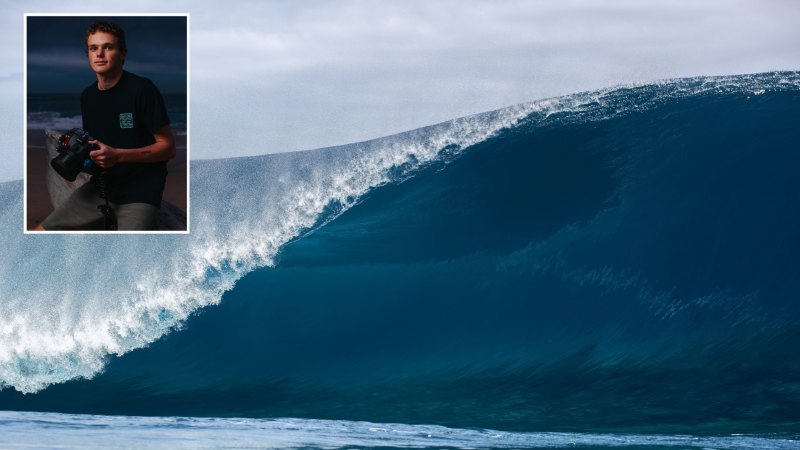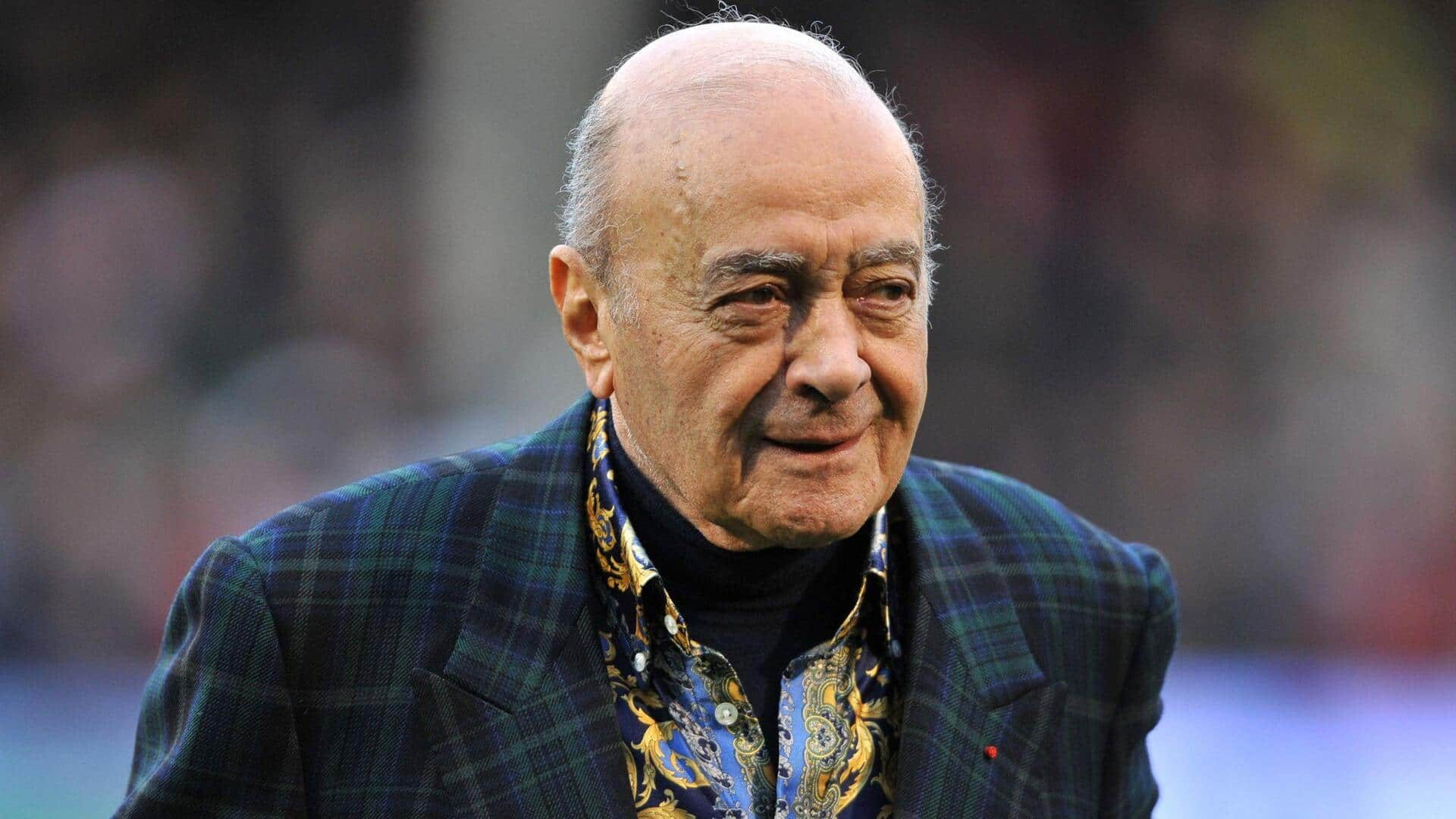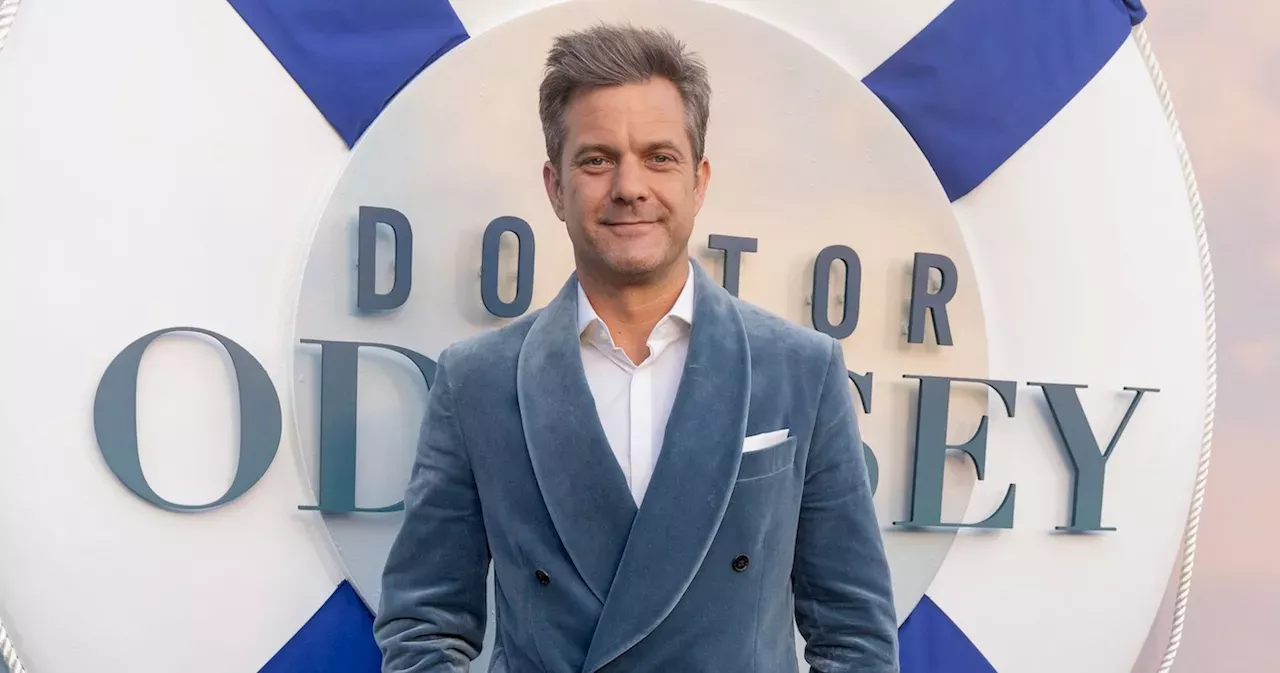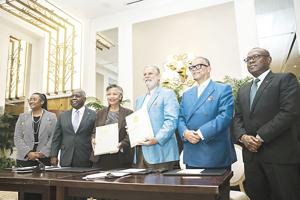′′I was dead. Apparently I rolled over and my lips were blue, my eyes were closed. And I was.
.. yeah, I was dead.

“But this is all a complete blank to me.” Nineteen-year-old surf photographer Byron Mcloughlin is back in Australia, at home in North Curl Curl with his feet firmly on terra firma again. His first trip to Teahupo’o, where this year’s Olympic surfing competition will be held, won’t be his last, but it so easily could have been.
Ten days ago, a reasonably last-minute trip to Tahiti to shoot the swell of a lifetime landed Mcloughlin in an induced coma after clinically drowning. He has spent the past week has been spent piecing together the biggest wipeout of his life. Reliving the Tahitian monsters pounding the razor sharp reef he had just hit.
Thanking and consoling the local watermen and surfers who pulled him out of the Pacific Ocean, who were left shaking and in shock themselves afterwards. Recovering in a Tahitian hospital with “lungs that looked like popcorn” and organs that had their oxygen supply cut off by the life-threatening amounts of salt water Mcloughin had swallowed. Teahupo’o – arguably the most infamous and intimidating wave in the world – is enjoying an international spotlight like never before as the Olympics come to town, attracting the best surfers on the planet, a luxury cruise ship to house them and an Olympic-sized cast to make it all happen.
Mcloughlin arrived at Teahupo’o, which loosely translates to “place of skulls” in the local Polynesian dialect , a fortnight ago in pursuit of a swell that would most certainly be considered beyond the abilities of many of the incoming Olympic surfers. The fearsome break held five-to-six metre waves reserved for only the best big-wave surfers aided by jet ski tow-ins on July 11 (AEST). Mcloughlin flew on standby and a budget with a blow-up bodyboard to make the 700-metre paddle from land to the Teahupo’o channel – “[on] this old inflatable thing”.
He treated his first few days at Teahupo’o as a warm-up for that incoming XL swell. “It was magical, like no place I’ve ever shot before, with the Tahitian mountains in the background,” Mcloughlin says. Given a spot on a boat in the Teahupo’o channel can cost $120 an hour and the monster swell was still holding off, Mcloughlin paddled his inflatable bodyboard to the wave’s peak again on Wednesday, July 10, with a few granola bars and spare camera batteries.
Crucially, he went without an inflatable vest, worn by big-wave surfers and photographers to ensure they float to the surface in big hold-downs. But he still scored. He was the only photographer in the water as a storm front rolled in and professional surfers Leo Fioravanti and Zeke Lau went to work in waves pushing eight to 10 feet, before more photographers and surfers realised “Chopes was pumping”.
“And after a while, the sets started getting bigger and crazier,” Mcloughlin says. “Teahupo’o favours a south-south-west swell. The more west in the swell, the harder it is to make it out of the barrel and it will break into the channel.
“More and more west was getting into the swell and I had a gut feeling of ,‘The waves are getting more serious, nobody else is out here on a ‘boog’ (Mcloughlin’s inflatable bodyboard). Maybe I should head in’. “Then this wave grew out of nowhere.
I could see the boats driving away and all the other photographers were scrambling and screaming in excitement and fear. “That’s the last thing I heard, someone screaming, ‘Oh my God’. “They all ducked under really early and so did I.
But I forgot I still had the leash of my inflatable board attached to my biceps. I dove under as deep as I could, took a deep breath and thought I had made it under the wave. “Then I felt this huge tug two seconds [from the bodyboard] and I was on a rollercoaster.
I was going down and then up and straight over the falls on a solid 10-foot wave. “The position was the worst bit about it because it was onto the shallower reef. I’ve been out at solid waves in Australia, Panama, Hawaii.
But I’d never experienced anything like this. “It was the most violent beat down I’ve had in my life. It held me down for a really long time and I got pushed down to the Teahupo’o judging tower (roughly 150 metres).
“But I had copped my wipeout and was OK and I just wanted to get back to the channel because I knew the swell was cranking up. This is what I had come to Tahiti for.” Mcloughlin’s re-telling of the story pauses shortly after this point.
Tokyo Olympic surfer Michel Bourez picked him up on a jet ski, asked Mcloughlin how he was and took him back out to the line-up. “I said to Michel, ‘Yep, I’m sweet’, and I was, I was happy to be alive and keen to get back out there to shoot some more photos because it was pumping,” Mcloughlin says. “I ate a granola bar, changed my camera batteries and I was shooting photos for 15 more minutes, and then nothing after that.
” Mcloughlin had a delayed reaction to the dumping and had become unconscious. A surfer in the line-up, Ryan ‘Chaci’ Craig, was the first to realise Mcloughlin was in trouble. Craig noticed Mcloughlin with his head below the surface, initially thinking he was looking at fish or the Teahupo’o reef before realising the teenager wasn’t moving or responding.
In a series of messages to Mcloughlin as he began to recover, local surfer David Ariimoana explained how the Australian had been rescued. “I was on the back of the ski holding you from the pass to the shore,” Ariimoana explained. “You looked dead when I was holding you.
I prayed the whole time I was with you ...
We put you on your side and you started vomiting all that foamy water that you had inhaled. “I turned you around onto your stomach, and I held you while we boosted to the shore. On the way there, you were so pale and white and looked dead.
“Then when I put my ear next to you, I could hear you making noises with your mouth. You were hardly breathing. I kept saying, ‘stay with me, my friend.
Stay with me’. “I think you could hear me and I think it helped you stay alive. At the marina, we lifted you from the sled to the ground and I put you in the safety position, opened your mouth and cut your wetsuit with the scissors.
“Your skin colour started to look better and you were breathing louder. I kept your mouth open while waiting for the ambulance. You started to move your head a little, but you weren’t really there.
I was shaking for an hour after that.” Mcloughlin stresses his gratitude to those in the water that day, making special mention of Bourez, Ariimoana, Craig, Clement Roseyo, Tikanui Smith and Jimmy Tiapari for saving his life. Mcloughlin was taken to the closest hospital, then transferred to the French Polynesian capital of Tahiti where he was placed in an induced coma for 12 hours.
Doctors told him he had suffered a secondary drowning. Salt water taken on while underwater had prevented oxygen reaching critical organs like Mcloughlin’s heart and brain. “They showed me an X-ray of my lungs,” he says.
“It looked like popcorn, like a popcorn lung. Or if you poured salt water onto a motherboard or a computer, it was like it had been eaten away, my lungs just looked corroded. “Because I had so much salt water in my lungs, it completely blocked any oxygen coming through to my organs.
” Mcloughlin’s father, David, was tracked down by Instagram and on the first flight to Tahiti, but in the meantime, Mcloughlin was waking up and – incredibly – thinking of only the monster swell he was missing out on. “I woke up at 4am and completely freaked out,” he says. “I had a tube all the way down my oesophagus.
A couple up my nose ...
I had no clothes, nothing. I freaked out. I had needles in my arm, I had an IV and I freaked out, felt like I couldn’t breathe.
“I didn’t believe it had happened and wanted to get out, I was pushing people away. I tried getting up and completely collapsed on the floor. “All I could think was, ‘This is the big day.
It’s going to be XL, 15-foot and what the f--- am I doing here?’ They told me I was in hospital and I realised ‘I’m not getting back to Teahupo’o’.” After a few days of vomiting and his body rejecting antibiotics, Mcloughlin was on the mend and on a flight home. Just as he was desperate to get back out to Teahupo’o at its fiercest, he is more than ready to get back in the water.
But he doesn’t pretend the ordeal didn’t have an impact on him and his family, his rescuers or his approach in the surf. “I’m just so grateful. No one has any responsibility for me when I’m out there.
And that’s how it should be. “You’re in charge of your own safety. So I’m just incredibly grateful for the people who rescued me.
Everyone’s stoked [that] I’m ok and alive but it’s been really traumatic for my family and the guys who rescued me, and they’ve explained that to me. “I was playing dangerously with a new wave that I’d never experienced before. I should have listened to my gut feeling.
Ditch that inflatable bodyboard and get out. I just can’t stress how grateful I am.” Sports news, results and expert commentary.
Sign up for our Sport newsletter . For Olympics news, results and expert analysis sent daily throughout the Games, sign up for our Sport newsletter..



















